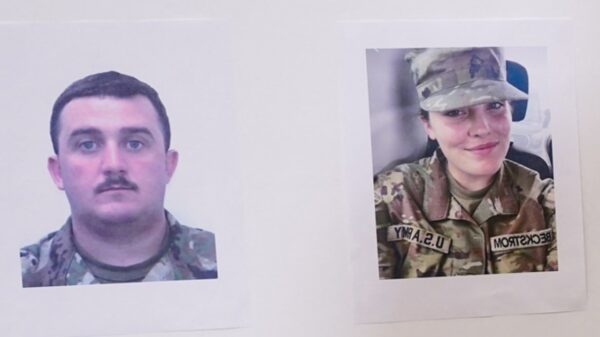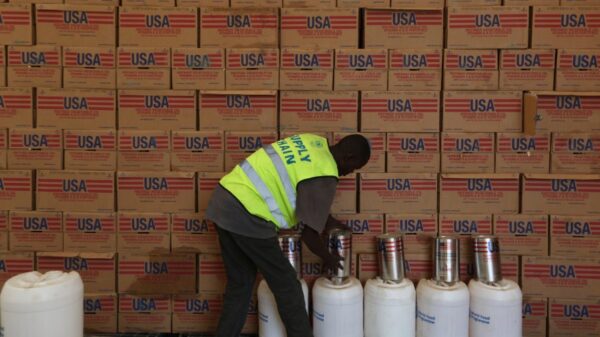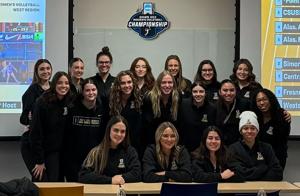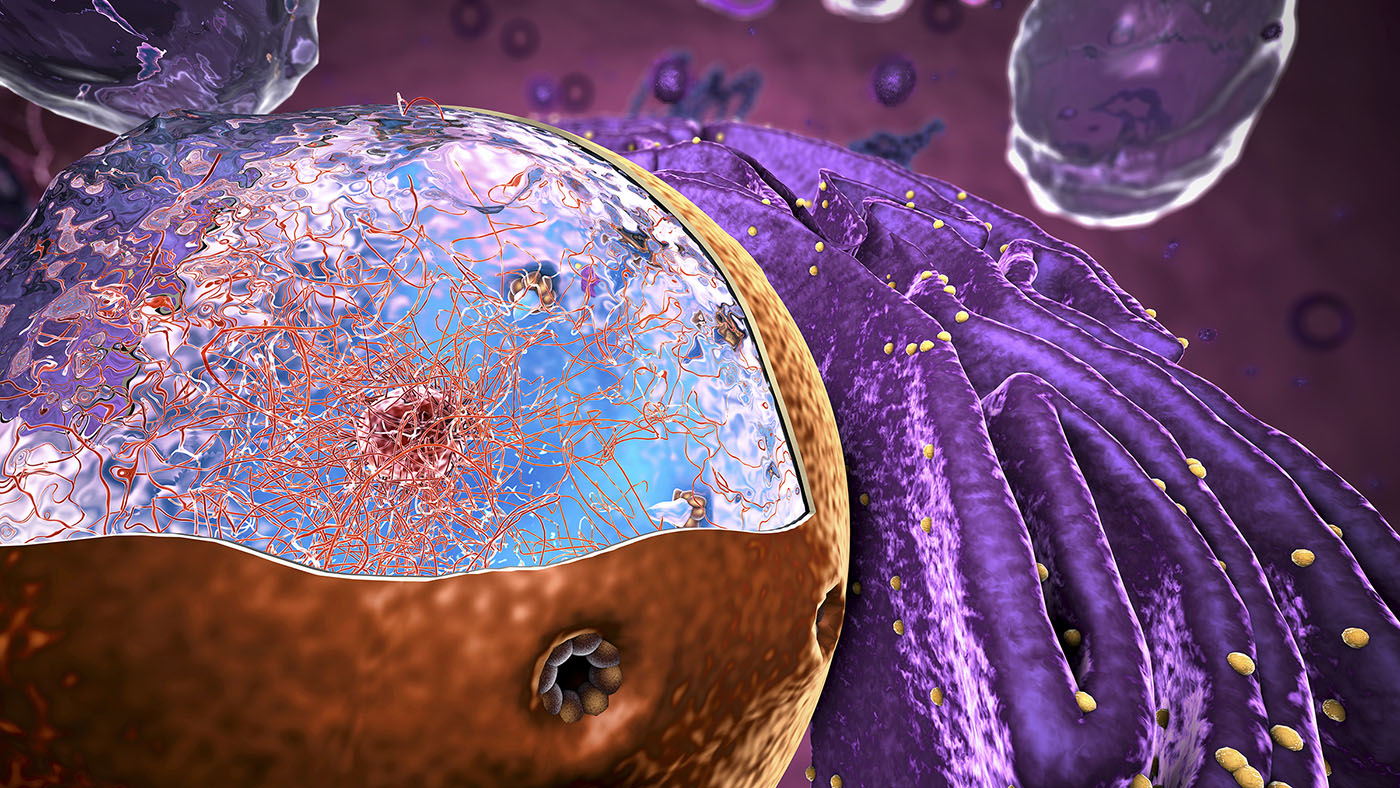A team of researchers at the University of California Berkeley has developed an innovative approach to improve the efficiency of the CRISPR-Cas9 gene editing tool by enhancing its ability to enter the cell nucleus. This advancement addresses a significant challenge in genetic engineering: ensuring sufficient Cas9 protein reaches the nucleus, where it can modify DNA effectively. The study, led by scientists at the Innovative Genomics Institute, presents a method that could have far-reaching implications for the development of advanced cell therapies.
Traditional methods of achieving nuclear entry for Cas9 rely on the attachment of nuclear localization signal (NLS) motifs. However, these existing methods often result in low efficiency, as much of the Cas9 protein fails to enter the nucleus. The innovative strategy developed by the Berkeley team involves increasing the number of NLS motifs within the Cas9 structure itself, thereby optimizing its nuclear import capabilities.
Traditional NLS designs typically incorporate one to three NLS motifs at the ends of the Cas9 protein. The research team hypothesized that adding more NLS motifs in different regions of the protein could enhance nuclear import. Rather than simply extending the terminal regions with additional NLS motifs—which had previously shown poor expression yields—the researchers inserted NLS motifs into internal loops of the Cas9 protein. This adjustment allowed for a more balanced distribution of NLS without compromising the protein’s stability or activity.
Each new module, termed a hairpin internal NLS (hiNLS), consists of two tandem NLS motifs separated by flexible linkers. This design increases the likelihood that Cas9 will remain bound to importin proteins during its transit into the nucleus, significantly improving its nuclear entry efficiency.
Testing and Results in Human T Cells
To evaluate the effectiveness of their hiNLS-Cas9 variants, the researchers tested these proteins on primary human T cells, which are crucial for numerous cell therapies, including chimeric antigen receptor (CAR) T-cell therapies. The team specifically targeted two genes: b2M (beta-2 microglobulin) and TRAC (T-cell receptor alpha chain). Disrupting the b2M gene can create immune-evasive T cells by eliminating MHC-I molecule expression, while disrupting TRAC is essential for preventing graft-versus-host reactions.
The team utilized two delivery methods to introduce the gRNA-Cas9 ribonucleoprotein complexes (RNPs) into the T cells: standard electroporation and a gentler peptide-mediated delivery method known as PERC. The results were promising, with the hiNLS variants achieving significantly higher editing rates. For instance, a Cas9 variant with two hiNLS modules delivered via electroporation knocked out the b2M gene in over 80% of T cells, compared to approximately 66% with traditional Cas9.
Moreover, when using the PERC method, several hiNLS constructs achieved a knockout efficiency of 40–50%, surpassing the control’s 38% efficiency. Notably, T-cell viability post-editing remained unaffected by the additional NLS motifs, a critical consideration for therapeutic applications.
Implications for Future Therapies
This research highlights several advantages of the hiNLS-Cas9 approach for therapeutic development. The enhanced nuclear entry results in higher editing efficiency in T cells, which could also extend to other difficult-to-edit cell types. Additionally, PERC-based delivery showed comparable efficiencies to electroporation while being less cytotoxic, suggesting that higher percentages of edited cells could be achieved with fewer resources.
Moreover, the hiNLS variants maintained protein yield, producing between 4-9 mg per liter, which is on par with unmodified Cas9. This efficiency in production is crucial for scaling up manufacturing processes necessary for clinical applications.
As the field moves towards more complex multiplexed gene editing, where multiple genes are targeted simultaneously, the efficiency of individual edits becomes increasingly vital. The hiNLS-Cas9 method could make this complexity more feasible, paving the way for next-generation cell therapies with advanced engineered functions.
The findings from this study not only enhance our understanding of CRISPR technology but also signal a potential shift in how gene editing tools are designed and utilized. By focusing on improving nuclear localization, researchers are creating a more effective framework for developing gene-edited therapies that could significantly benefit patients awaiting innovative treatments.
Christopher Doyle, PhD, serves as the senior director of IBC Services at WCG Clinical.



































































